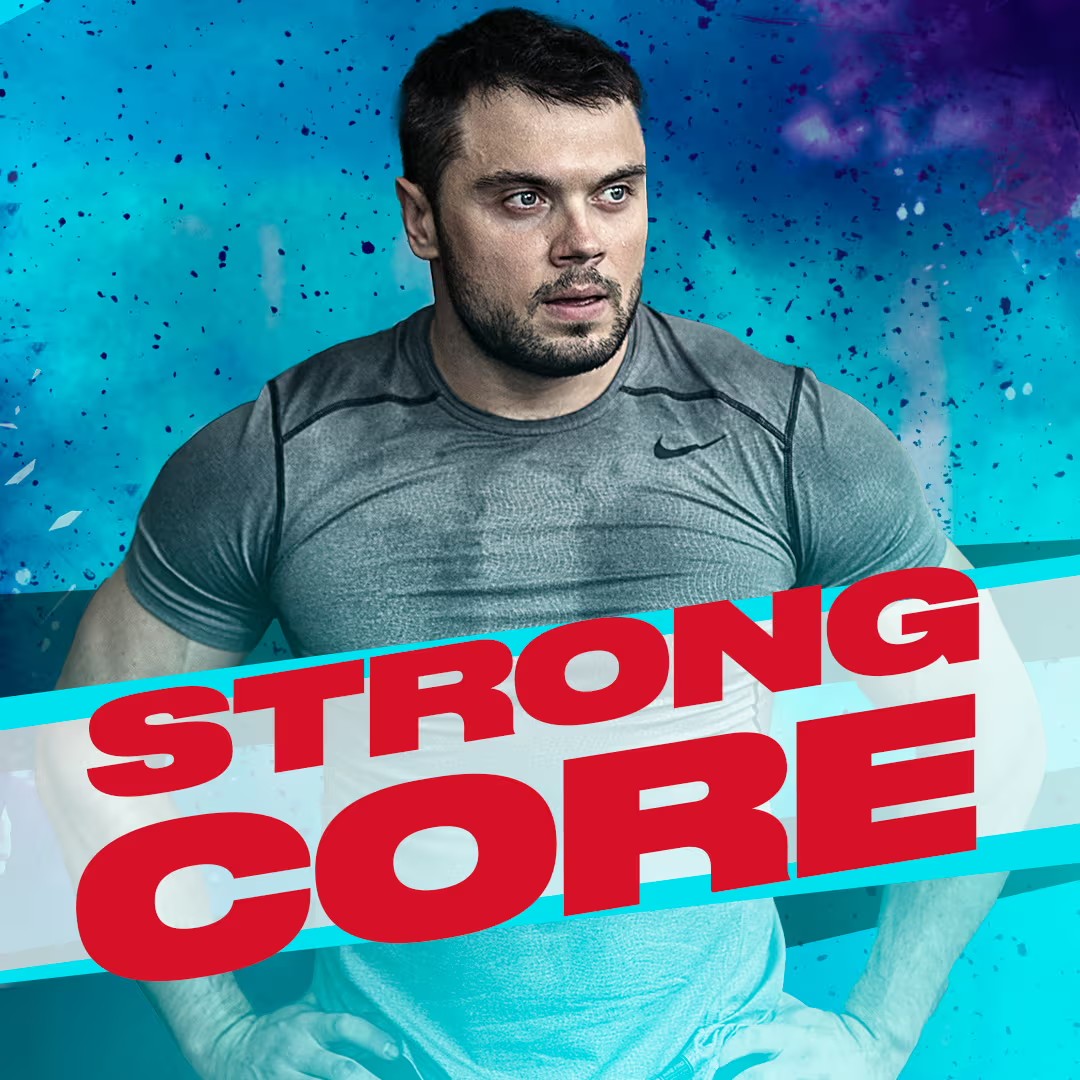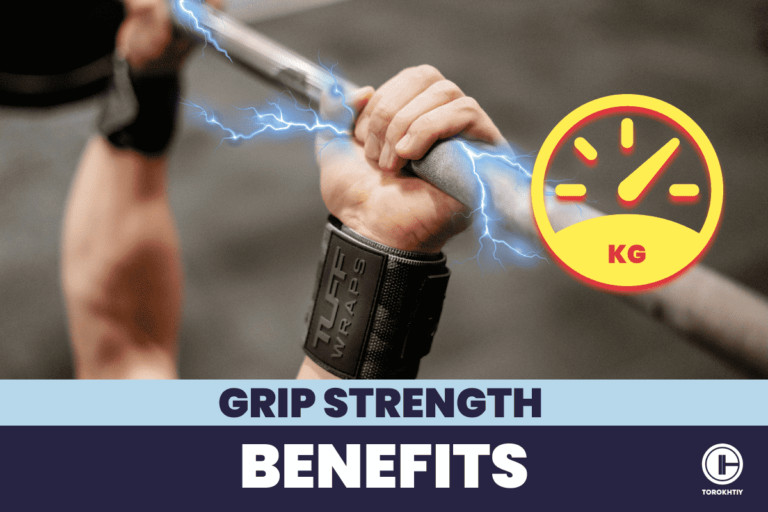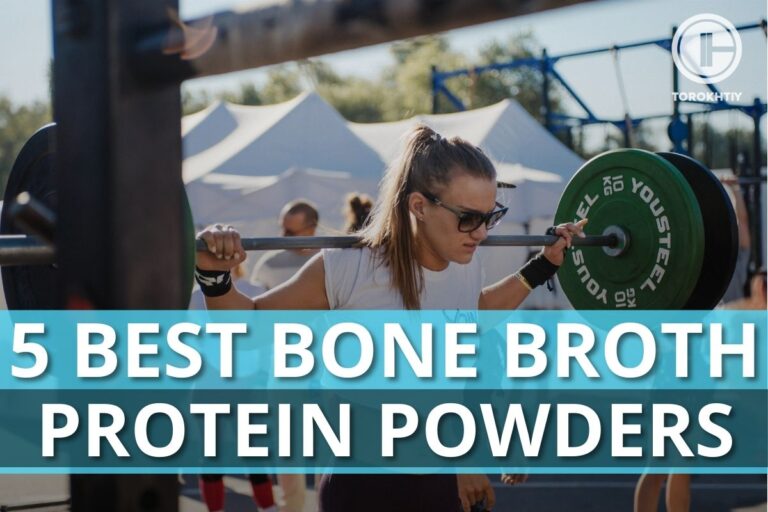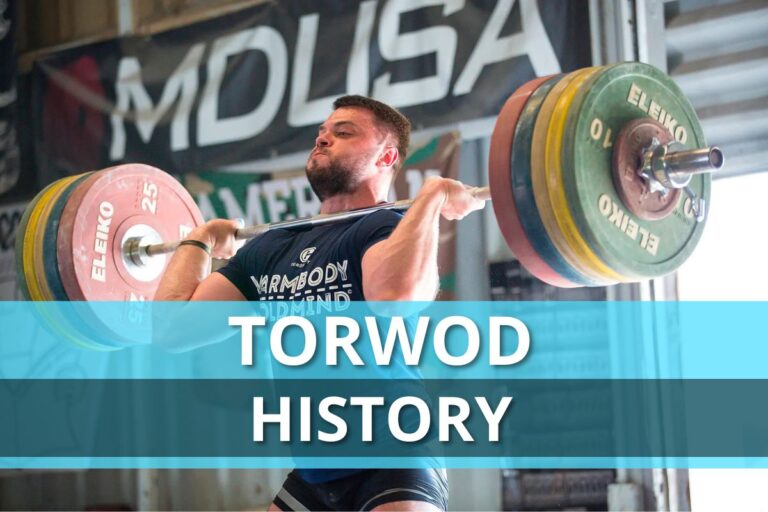Core Strengthening Exercises For Lower Back Pain
Before diving deep into the top core strengthening exercises for lower back pain, let’s learn more about lower back pain. Lower back pain (LBP) or lumbar spine pain is the leading cause of disability worldwide. It’s also why people go to the emergency room and physical therapy. This common and persistent problem can severely impact one’s life.
According to The World Health Organization, in 2020, low back pain affected 619 million people globally and is projected to increase to 843 million cases by 2050 due to population growth and aging.
Evidence suggests that the majority of low-back pain presentations are nonspecific. A weak core musculature could explain a person’s lower back pain, but it’s not the whole story. Core strengthening exercises for lower back pain relief are focused not only on strengthening your abdominal muscles but also your lower back muscles.
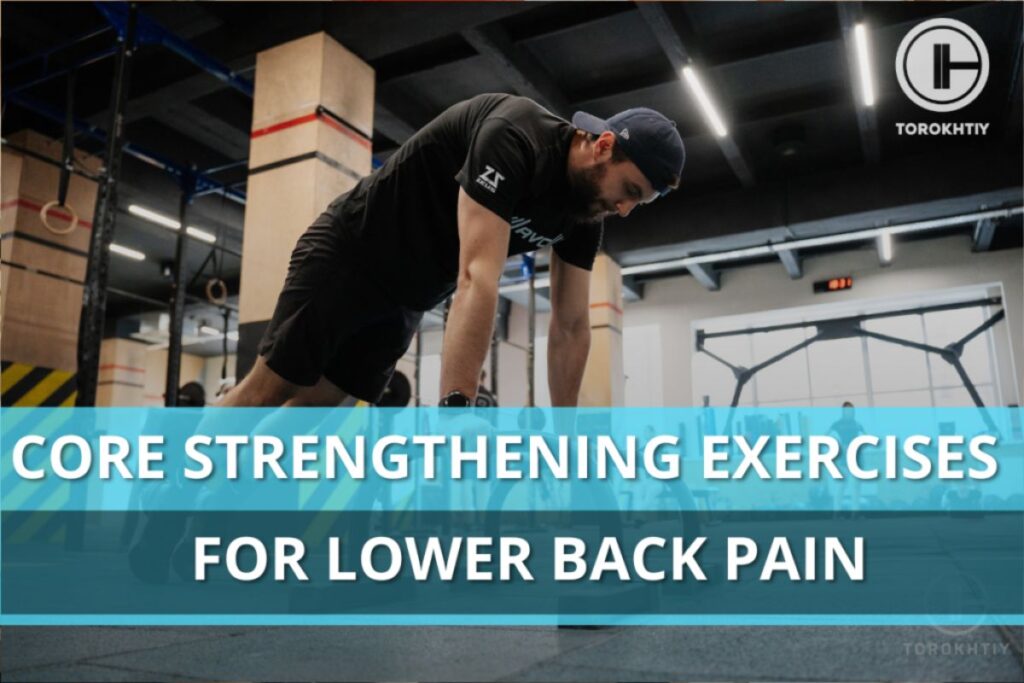
Most people will experience lower back pain at least once, which could be experienced at any age. The prevalence and chronicity of lower back pain increase with age. The highest number of LBP cases occurs in the third decade and decreases after 60 years old. Also, lower back pain is more prevalent in women than men.
Medically speaking, lower back pain can be classified as specific or non-specific. The most common presentation of lower back pain is non-specific, accounting for 90% of the cases.
The main difference between explicit and non-specific LBP is that specific LBP is associated with an underlying disease, pathology, and/or tissue damage. Lower back pain can also be classified as acute or chronic. Lower back pain less than or equal to 6 weeks is acute LBP. Chronic low back pain is pain lasting 12 weeks or longer.
Treatment for lower back pain depends on the nature of the pain and its classification (specific vs non-specific). For specific lower back pain, the treatment will focus on treating the underlying condition causing the pain (tissue damage, cancer, fracture, kidney or aortic aneurysm). For non-specific low back pain, treatment includes:
- Physical therapy focused on lumbar spine mobility, strengthening and core stability.
- Psychological and social support to help people understand and manage their pain and return to their prior level of function.
- Modification of occupational, recreational, and athletic activities to reduce increased strain or overuse.
- Lifestyle changes include more physical activity, a healthy diet, and good sleep habits.
- Decrease smoking (smokers have a higher prevalence and incidence of lower back pain) – smoking is thought to decrease blood flow to the intervertebral discs, leading to a deficit of nutrients and oxygen, which may lead to a faster rate of cell death, osteoporosis, fractures and degenerative changes in the spine. The cessation of smoking could avoid all of the above.
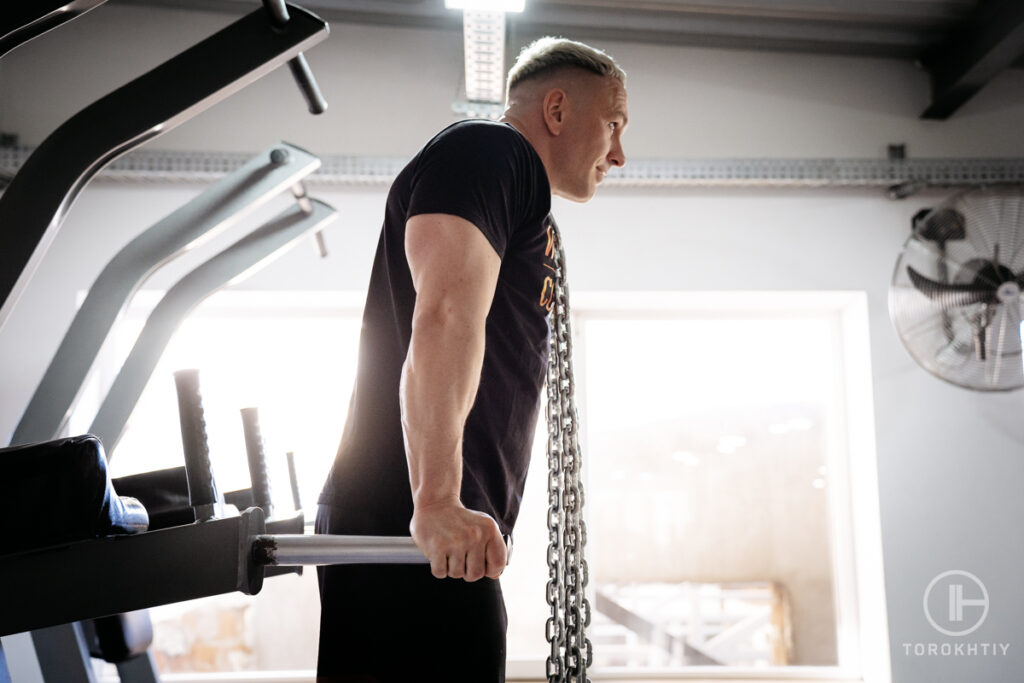
Do You Have Lower Back Pain Because Of Weak Core Muscles?
This is the million-dollar question regarding lower back pain and core strengthening between medical and non-medical communities. Whoever discovers why back pain exists and how to treat it most effectively will be one of the wealthiest persons in the world.
Evidence suggests that most low-back pain presentation is nonspecific, meaning that it is impossible to identify the single origin of the patient’s symptoms. Weak core musculature could be a factor in a person’s lower back pain. In males and females new to weightlifting, inadequate core muscle engagement may contribute to lower back pain.
Though many studies have shown that “core stability” exercises can benefit low-back pain, especially acutely, no evidence supports the claim that core stability exercises are the best option to treat chronic LBP. Moreover, core activation may not vary between symptomatic and healthy asymptomatic people, nor can core stability changes predict improvements in disability following a particular exercise.
Studies suggested that core strengthening and exercise could help decrease chronic lower back pain better than not exercising and even better if well maintained with the psychological, physiological, social and individual factors.
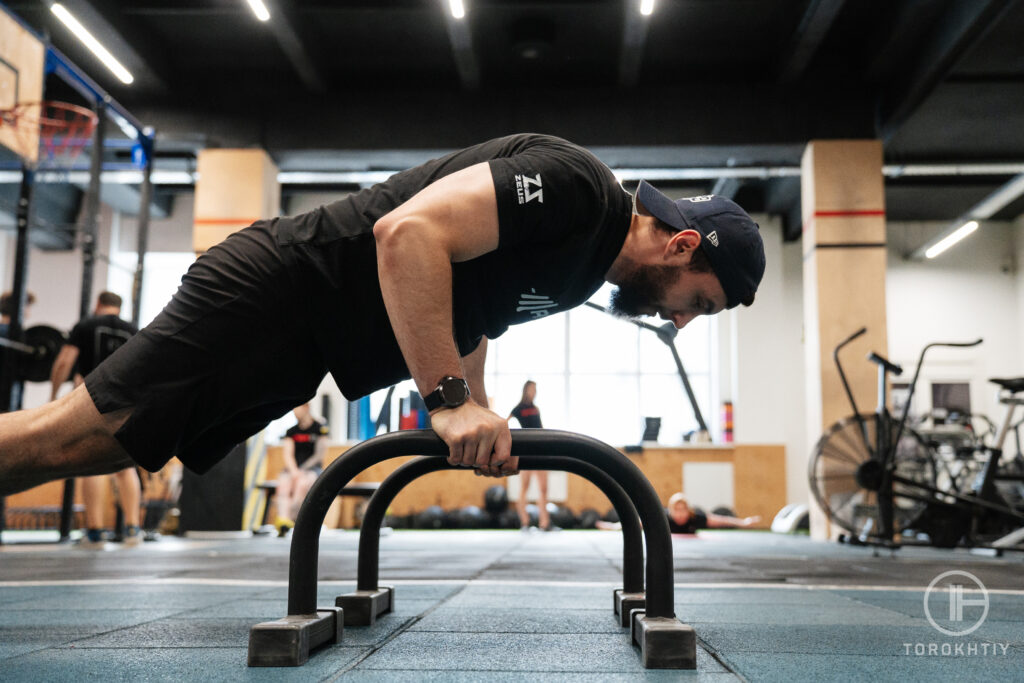
What Is The Literature Suggesting About Low Back Pain?
So, if it’s not a core issue, what is it? According to the literature, determining the cause of low back pain is more complex than previously thought. Many external factors could influence pain. We can observe a strong correlation between lower back pain, depression, and insomnia.
Other factors such as smoking, occupation, overweight, obesity, and physiological factors are also related to lower back pain. Understanding these multifaceted factors is crucial for a comprehensive approach to alleviating lower back pain.
Benefits Of Core Strengthening Exercises For Lower Back Pain
There are many benefits to core exercises for lower back pain. Here are just four benefits:
✅ Improvement Of Physical Health
Conducting core strengthening exercises targets lower back pain and offers many benefits to physical health and overall fitness. As you work on building a stronger core, you’ll notice improvements in posture, balance, and stability, which are essential components of physical health.
These exercises not only enhance overall fitness but also strengthen muscle groups needed for activities of daily living, promote circulation, and increase endurance. Last but not least, these exercises will contribute to a better blood profile and better body composition.
✅ Improves Overall Fitness
Core strengthening exercises go beyond relieving lower back pain; they can also help significantly enhance your physical performance. When your core muscles are robust, they can generate more power and provide the necessary strength and stability for various activities.
A well-trained core section enables you to perform dynamic movements with greater control, making you more agile on the field, in the gym, or during your favorite sports activities.
A strong core can also enhance endurance, allowing you to engage in physical activities for extended periods without fatigue. Better endurance can make it easier for you to lift or carry a load and perform everyday tasks. Thus, whether you’re an athlete or simply looking to boost your physical performance, a strong core will help you achieve better results, reach your fitness goals, and excel in your chosen sport or physical pursuits.
🔻Core and Back Workout Program
Elevate your fitness game with Core and Back Workout Program!
Program details:
- 🔥 Achieve core strength and fat loss.
- 📆 3-week program
- 🏋️♂️ 6-7 days/week
- ⏰ 30-40 minutes per session
- 💡 Expert Guidance by Oleksiy Torokhtiy
Join now for a stronger back, perfect posture, toned core, and renewed energy. Suitable for all fitness levels. Get started today!
✅ Postural Awareness
Developing a solid core through targeted exercises can significantly impact your positional and postural awareness. A well-conditioned core helps you maintain correct alignment and posture, reducing the likelihood of straining your lower back.
As you become more conscious of your body’s positioning and adopt a better posture, your risk of lower back pain decreases. Improved positional awareness also enhances performance in activities that demand precision, such as yoga, dance, or sports.
✅ Minimize The Risk Of Injuries And Pain
One of the most significant advantages of incorporating core strengthening exercises into your routine is reducing injury risk and pain. A strong core acts as a protective shield for your spine and surrounding structures, provides stability and support, and minimizes the strain on your lower back.
This proactive approach to injury prevention is precious if you’re engaged in physically demanding activities or sports, given that a strong core enhances your body’s ability to withstand stress and impact.
Most Popular Core Exercises
Now, let’s explore the best core exercises for lower back pain, focusing on the specific core muscles that each exercise targets.
1. Exercises To Strengthen The Rectus Abdominis
The Rectus Abdominis is a muscle situated vertically in the front of the abdomen, also known as the “six-pack” muscle. It is a crucial abdominal wall muscle divided into two halves (left and right) by a strong connective tissue named the linea alba. The Rectus Abdominis is vital in compressing and maintaining the abdominal organs in place, core stabilization, plus flexing the spine bilaterally and unilaterally.
Sit-ups
Start by lying on your back. Knees slightly bent (around 45 degrees of bending). Make sure your feet are held or secure on a stable surface. Pull yourself towards the knee or raise your upper body off the ground while keeping your feet grounded by engaging your core. Beginners start on the floor; intermediate individuals can perform a sit-up from a decline bench, and advanced can perform a sit-up from a GHD.
2. Exercises To Strengthen The Obliques
Obliques are core muscles found on either side of the abdomen. There are two types: external and internal. They help with core stability, rotation, and lateral flexion. Strengthening obliques is essential for a strong and balanced core, which supports posture and everyday movements.
Woodchoppers
Stand with your feet shoulder-width apart, grasp a weight or medicine ball with both hands and pivot at your hips and waist to move the weight diagonally across your body from a high position on one side to a low position on the opposite side.
3. Specific Exercises To Strengthen The Transverse Abdominis
The TVA is a deep abdominal muscle that acts as a natural waist belt, stabilizing the spine and pelvis and providing core stability. Its principal function is to compress abdominal contents for spinal support.
Vacuum Exercise or Transverse Abdominis Contraction (TAC)
Stand up straight against a wall or lie flat on the floor. Take a deep belly breath and slowly exhale with pursed lips. In the exhalation, keep your lower back flat against the surface. Suck your stomach or think about pulling your belly bottom in the direction of your lower back, and hold this contraction for the duration of your exhalation. Vacuum with hollow hold for advanced athletes.
4. Specific Exercises To Strengthen The Lower Back
It’s important to remember that your back muscles are just as crucial as your front and side core muscles. In particular, the lower back muscles are critical in maintaining spine mobility, developing power, stabilizing the core, and controlling eccentric movements and controlling spinal extension. They also assist in preserving the spine’s natural curvature, keeping you upright, and absorbing compressive forces.
- To perform a reverse hyperextension exercise, lay face down on a stable surface such as a bench or a GHD. Hold onto the edges of the surface for support. Engage your lower back and glute muscles to lift your legs and lower back off the surface. Then, lower them back down with control. This exercise is excellent for strengthening your lower back and glutes.
Core Workout Plans
Now, let’s outline some of the best core exercises you can use a resilient
These ab exercises for lower back pain are tailored to different fitness levels. They can be great supplementary core exercises at the gym. Or they can be fantastic core exercises at home.
1. Beginner Core Workout
This beginner’s workout is an excellent way to begin for men looking to start building core strength, adaptability, and volume. It’s designed to be manageable and effective, and you’ll perform it three days a week for 10 minutes per session. Here are some core exercises for back pain :
- Planks (3 sets x 15 sec holds): Perform two sets of 20-30 seconds each. Start in a push-up position with your forearms on the ground and elbows directly under your shoulders. Keep your body straight from head to heels, engage your core, and hold this position for the specified time.
- Crunches (3 sets of 10 reps): Do two sets of 15-20 reps each. Lie on your back with your knees bent and feet flat on the floor. Cross your arms over your chest or place your hands behind your head. Engage your core, lift your upper body off the ground, and lower it down with control to complete one repetition.
- Leg Raises (3 sets of 10 reps): Perform two sets of 10-15 reps each. Lie on your back with your legs straight. Place your hands under your hips for support if needed. Lift your legs off the ground, keeping them straight, and lower them slowly, engaging your core throughout the movement. Try to maintain the lumbar spine in its neutral position during the movement.
- To perform the Transverse Abdominis Contraction (TAC) (5 sets x 5-10 sec holds: You can either stand up straight against a wall or lie flat on the floor. Take a deep breath into your belly and slowly exhale with pursed lips. While exhaling, keep your lower back flat against the surface.
Think about pulling your belly button in the direction of your lower back or sucking your stomach in, and maintain this contraction for the entire duration of your exhalation. For advanced athletes, you can do a vacuum with a hollow hold.
Ensure proper form and engage your core muscles while performing each exercise. As you become more comfortable with the routine, you can gradually increase the duration or repetitions to continue challenging your core muscles. These ab workouts for lower back pain are excellent starting points for men who want to improve their core strength and stability.
We should add lower back (Erectors, QL) exercises like the Superman exercise and a rotation core exercise instead of doing plank and leg raises, consisting of an isometric contraction of the core muscles, for a more overall different and more functional engagement.
2. Intermediate Core Workout
Once you’ve built a foundation with the beginner’s core workout, leveling up with an intermediate routine is time. This workout is designed for men who want to enhance their core strength and stability further. Perform it three days a week for approximately 20 minutes per session.
- Decline sit-up (3 sets of 15 reps): Use a decline bench with ankle support and start with a small decline angle. Keep posterior tilt and avoid a gap between your lower back and the bench. Avoid foot use during the first rep.
- Side Planks (3 sets of 15 reps): Support your body on one elbow and the side of your foot, keeping your body straight from head to heels. Engage your core and hold for the specified time on each side.
- Russian Twists (3 sets of 15 reps): Sit on the floor with your knees bent, lean back slightly, and twist your torso to each side, touching the ground with the weight of your hands.
- Reverse Hyperextensions (3 sets of 15 reps): Lie face down on a bench or a suitable surface. Ensure your hips are at the edge of the bench and your legs hang freely. Grip the edges of the bench or use the handles for support. Engage your lower back, glutes, and hamstrings. Lift your legs and lower back off the bench, creating a slight arch in your lower back. Focus on squeezing your glutes at the top of the movement. Lower your legs and lower back down to the starting position with control.
- Hanging Knee Tucks (3 sets of 15 reps): Start hanging from a bar with your legs straight and your abs engaged. Make sure your shoulders are pulled down and back while looking straight ahead. Now, bend your legs and pull your knees up until they are at least level with your hips or, ideally, chest height. To create a shallow C-shape with your spine, tilt the bottom of your pelvis forward and up. Then, gradually lower your legs and repeat the exercise. Once you become stronger, you can do this workout with straight legs.
This intermediate core workout introduces more challenging exercises and increased sets and repetitions. It will help you progress toward a more robust and more stable core. Focus on proper form and engage your core throughout each exercise. Gradually increase the intensity as you gain strength and confidence.
3. Advanced Core Workout
Suppose you have mastered the beginner and intermediate core workouts and are ready for a more challenging routine. In that case, this advanced core workout is perfect. Performing this workout five days a week for approximately 30 minutes per session will help take your core strength to the next level.
- GHD Sit-Ups (3 sets of 15-20 reps): Adjust the foot pad and secure the locks. Mount the GHD machine and sit on the butt pad. Extend your arms and knees, and keep your back neutral. Lean back, contract your muscles, and lower your torso towards the floor. Move your arms overhead as you descend. Contract your muscles to return to the starting position. Generate momentum by throwing your arms forward. Repeat for the recommended reps.
- Back Extensions (3 sets of 15-20 reps): Use a back extension bench or Roman chair. Begin with your upper body hanging down and your legs secured. Lift your upper body until it’s in line with your legs, then slowly lower it.
- Woodchoppers (3 sets of 15-20 reps per side): Stand with your feet shoulder-width apart, hold a weight or medicine ball with both hands and pivot at your hips and waist to bring the weight diagonally across your body from a high position on one side to a low position on the opposite side.
- Plank Variations (5 sets, 1 minute each): Incorporate plank variations such as side plank leg lifts, forearm plank with shoulder taps, or knee-to-chest movements to challenge your core differently. Try to hold each variation for 30-40 seconds and rest for 10-15 seconds between sets.
- Toes to bar (4 sets of 5-10 reps): To perform a pull-up, grip the bar slightly wider than shoulder-width with an overhand grip. Use a kipping technique to generate momentum by alternating between an arch and a hollow position. Drive your head and chest forward, extend your legs behind you, and push on the bar to get into a “hollow” position. Once you’ve gained enough momentum, raise your legs toward the ceiling and touch the bar with your toes. Lower your legs by extending your spine and repeat for the recommended reps.
These advanced core workouts for lower back pain introduce more intense exercises and variations. It will help you enhance core strength, stability, and endurance. Remember to maintain proper form and engage your core muscles during each exercise.
Our Recommended Core Program
If you want to improve your fitness level, the Torokhtiy back and core workout program may be precisely what you need. This program is focused on strengthening your core and helping you achieve your fitness goals. It includes 21 expert-designed workouts prioritizing core strengthening and fat loss for the best possible results.
This back and core workout program is versatile. It requires minimal equipment, making it perfect for people who exercise at home or on the go. Additionally, the program considers building a better core foundation while you address your lower back pain.
FAQ
How Do I Know If My Core Is Weak?
There are two ways to look for signs and symptoms: possible low back pain, poor eccentric control when lowering something to the floor or lifting weights (like a deadlift or a squat), difficulty with power-generating movement, and an increased anterior pelvic tilt. The second option is to try these tests: A stable control plank, supine leg raises, superman hold V or Banana hold, and Russian twist for a minute.
Can Poor Core Strength Cause Lower Back Pain?
Evidence suggests that most low-back pain presentation is nonspecific, meaning it is impossible to identify the single origin of the patient’s symptoms. Core stability exercise is not the most effective option for low-back pain. Although exercise benefits low-back pain, there is no evidence that core stability exercise is superior.
How Long Does It Take To Strengthen The Core?
Like everything in life, it depends; the time it takes to strengthen your core depends on various factors, such as your current fitness level, exercise routine, diet, and body fat percentage. A daily routine of approximately 10 to 30 minutes has been shown to increase your core strength significantly. Expect to see significant results in four to eight weeks.
Conclusion
Core exercises to strengthen the lower back are a natural and effective solution for lower back pain. By targeting the root cause of your pain and enhancing core stability, you can experience a significant reduction in lower back pain. The benefits include improved posture, pain relief, and enhanced mobility, making daily activities more comfortable.
Whether you’re a beginner or an advanced fitness enthusiast, there are core exercises suitable for your level. Strengthening your core alone is not enough to sometimes say goodbye to lower back pain. Management of lower back pain is dependent on many factors. The best option for lower back pain management is to consult with a medical professional like a physiotherapist. Try these exercises today and share your experiences with us in the comments.
References:
- World Health Organization, “Low Back Pain,” World Health Organization, https://www.who.int/news-room/fact-sheets/detail/low-back-pain#:~:text=LBP%20may%20be%20classified%20as,in%20about%2090%25%20of%20cases (accessed October 28, 2023)
- Augeard N, Carroll SP. Core stability and low-back pain: a causal fallacy. J Exerc Rehabil 15, no. 3: (2019):493-495
- George SZ, Fritz JM, Silfies SP, Schneider MJ, Beneciuk JM, Lentz TA, Gilliam JR, Hendren S, Norman KS. Interventions for the Management of Acute and Chronic Low Back Pain: Revision 2021. J Orthop Sports Phys Ther 51, no. 11 (2021): 1-60.
- Owen PJ, Miller CT, Mundell NL, Verswijveren SJJM, Tagliaferri SD, Brisby H, Bowe SJ, Belavy DL. Which specific modes of exercise training are most effective for treating low back pain? Network meta-analysis. Br J Sports Med 54, no.21 (2020): 1279-1287.
- Mescouto K, Olson RE, Hodges PW, Setchell J. A critical review of the biopsychosocial model of low back pain care: time for a new approach? Disabil Rehabil 44, no.13 (2022): 3270-3284.
- Shiri R, Karppinen J, Leino-Arjas P, Solovieva S, Viikari-Juntura E. The association between smoking and low back pain: a meta-analysis. Am J Med 123, no. 1 (2010): 7-35
Why Trust Us?
With over 20 years in Olympic Weightlifting, our team does its best to provide the audience with ultimate support and meet the needs and requirements of advanced athletes and professional lifters, as well as people who strive to open new opportunities and develop their physical capabilities with us.
By trusting the recommendations of our certified experts in coaching, nutrition, dietology, and sports training programming, as well as scientific consultants, and physiotherapists, we provide you with thorough, well-considered, and scientifically proven content. All the information given in the articles concerning workout programming, separate exercises, and athletic performance, in general, is based on verified data. We ensure that you can rely on our professionals’ pieces of advice and recommendations that can be treated as personalized ones which will benefit you and fully meet your needs.
The product testing process is described in more detail here
Author: Ernesto Mendez
Orthopedic Clinical Specialist
Best Results: Snatch – 208 kg,
C&J – 240 kg
Dr. Ernesto Mendez is a licensed physical therapist, a board Orthopedic Clinical Specialist (OCS) and founder of Movement 4 Wellness Physical Therapy, LLC. He earned his degree from Thomas Jefferson University. He is also an Olympic weightlifting coach (USAW L1) and Functional Fitness Level 1 Trainer. His experience includes the areas of pain management, movement analysis, injury recovery, surgical rehab, corrective exercise, and athletic, military, and occupational performance. Dr Mendez is passionate about Olympic weightlifting and fitness. Ernesto Mendez is responsible for designing multiple training programs, writing blog articles, posting daily weightlifting content, doing live weightlifting and mobility seminars.

